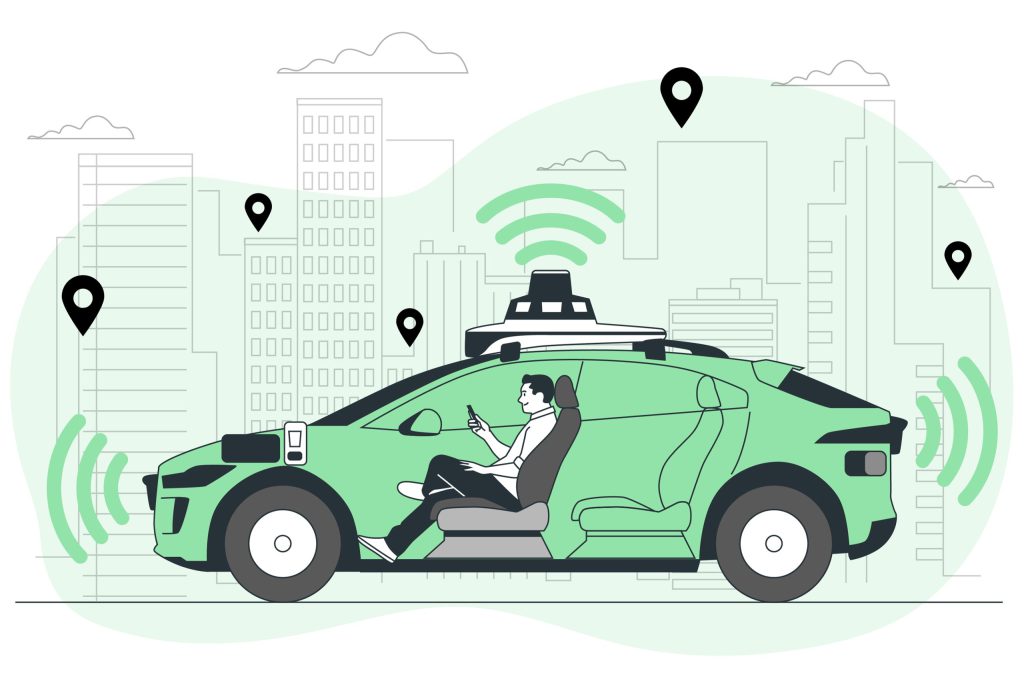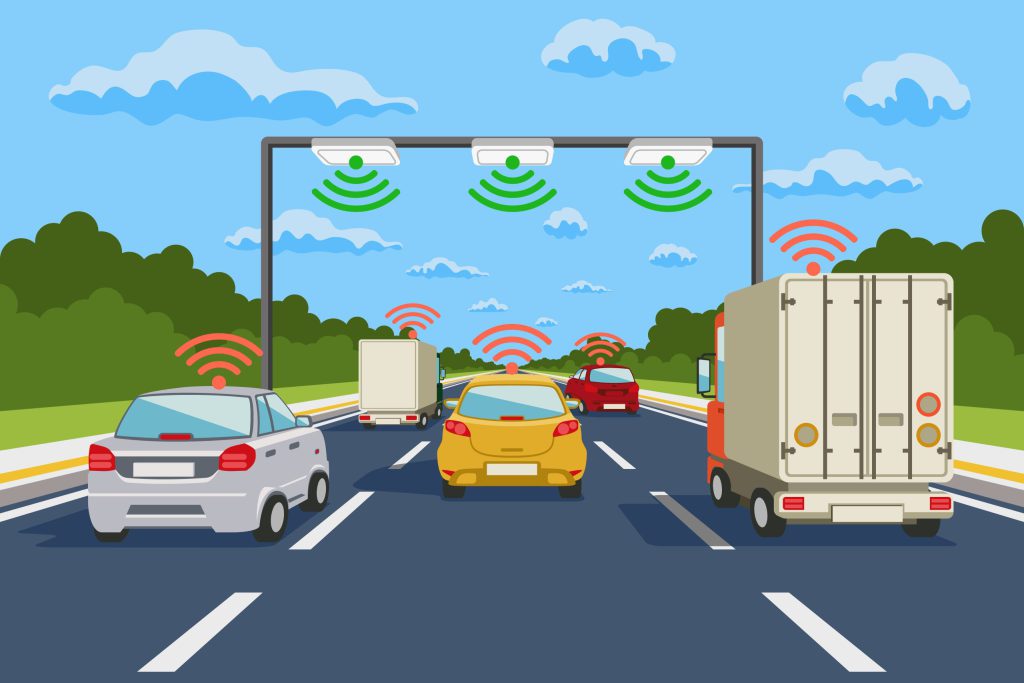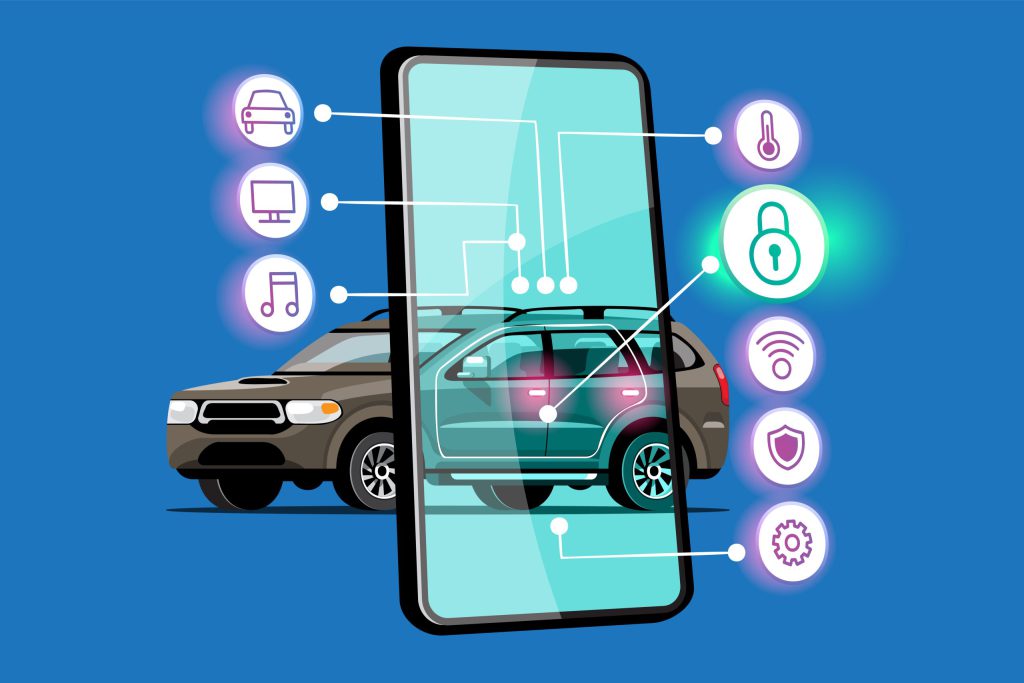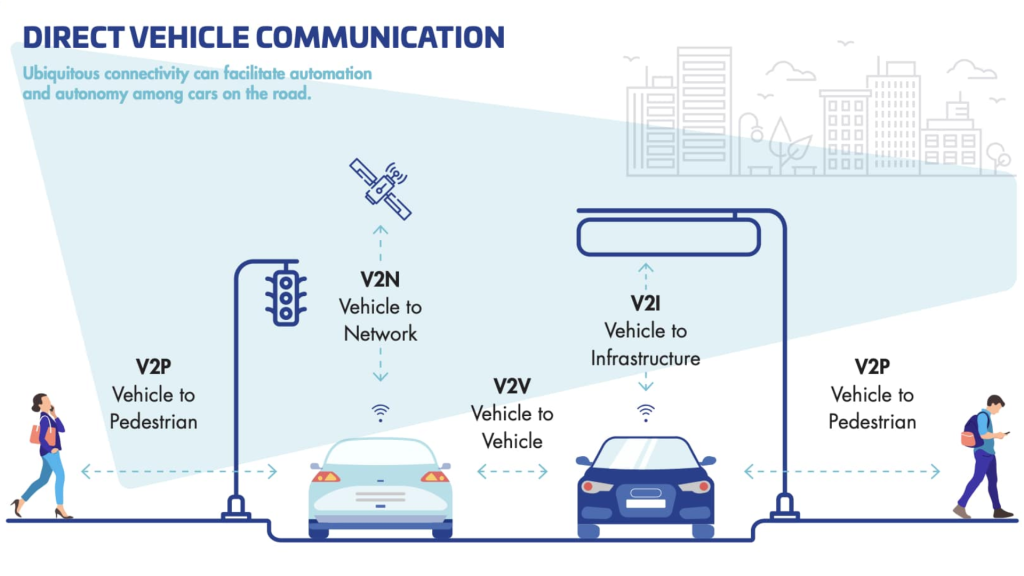Autonomous vehicles have taken the automotive industry by storm, promising a future of efficient and safe transportation. At the core of this revolutionary transformation lies V2X (Vehicle-to-Everything) communication, a sophisticated technology that enables seamless interactions between autonomous vehicles and their environment. In this blog post, we will explore how communication systems in V2X connectivity play a crucial role in enhancing autonomous vehicle safety, making our roads safer for everyone.
Real-Time Data Exchange for Precise Navigation
Autonomous vehicles heavily rely on accurate and up-to-date information to navigate safely. V2X communication allows these vehicles to exchange real-time data with other vehicles, infrastructure, and pedestrians. Through V2V communication, autonomous cars can share information about their speed, direction, and intentions. This real-time exchange enables them to predict and respond to other vehicles’ actions, making lane changes, merging, and crossing intersections much safer. 
Collision Avoidance and Preemption
V2X connectivity plays a pivotal role in collision avoidance. By continuously communicating with nearby vehicles, autonomous cars can anticipate potential hazards and take proactive measures to avoid collisions. When faced with an impending collision, V2X-equipped autonomous vehicles can react swiftly by applying emergency brakes or steering away from the danger, preventing accidents and mitigating their severity.
Interaction with Infrastructure for Optimal Routing
V2I communication empowers autonomous vehicles to interact with infrastructure elements such as traffic signals, traffic management systems, and smart road infrastructure. This interaction allows vehicles to receive real-time traffic updates, road conditions, and optimized routing information. As a result, autonomous cars can choose the most efficient and safe routes, reducing congestion and enhancing autonomous vehicle safety and overall traffic flow. 
Enhanced Pedestrian Safety through V2P Communication
Pedestrian safety is a paramount concern for autonomous vehicles, especially in urban environments. V2P communication enables pedestrians to transmit their locations and intentions to nearby autonomous cars. Equipped with this information, self-driving vehicles can adjust their speed, trajectory, and actions to ensure the safety of pedestrians, particularly at crosswalks and crowded areas.
Cooperative Awareness for Shared Hazard Information
V2X connectivity fosters a cooperative awareness environment, where vehicles collaborate to share information about potential hazards. If a vehicle detects a slippery road, roadwork, or an obstacle, it can communicate this information to other nearby vehicles, alerting them of the hazard in real-time. This shared awareness enhances the safety of all road users and minimizes the element of surprise that often leads to accidents.
Cybersecurity and Privacy Considerations
As communication systems in V2X connectivity become more prevalent, ensuring the security and privacy of data exchanged becomes paramount. Automakers and technology companies must invest in robust cybersecurity measures to prevent unauthorized access and protect sensitive information. Establishing clear privacy guidelines for data usage will also build trust among users and stakeholders.  V2X communication systems play a pivotal role in enhancing autonomous vehicle safety, transforming our roads into safer, more efficient spaces. By enabling real-time data exchange, facilitating collision avoidance, optimizing routing, and enhancing pedestrian safety, V2X connectivity empowers self-driving vehicles to navigate complex urban environments with confidence. As this technology continues to evolve, the collaborative efforts of automotive manufacturers, policymakers, and technology providers are essential to ensure a future where autonomous vehicles revolutionize transportation, making our roads safer for all.
V2X communication systems play a pivotal role in enhancing autonomous vehicle safety, transforming our roads into safer, more efficient spaces. By enabling real-time data exchange, facilitating collision avoidance, optimizing routing, and enhancing pedestrian safety, V2X connectivity empowers self-driving vehicles to navigate complex urban environments with confidence. As this technology continues to evolve, the collaborative efforts of automotive manufacturers, policymakers, and technology providers are essential to ensure a future where autonomous vehicles revolutionize transportation, making our roads safer for all.

